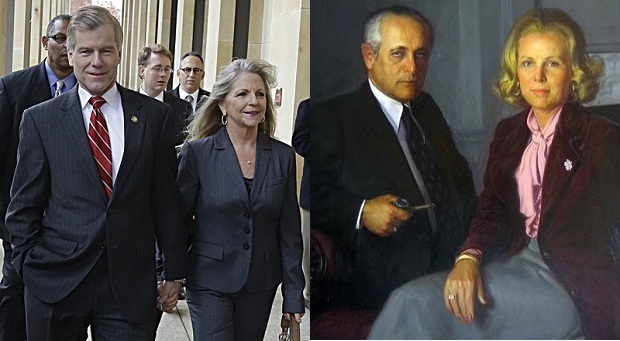As the Maryland legislature convenes for its 2025 session, an unprecedented opportunity lies ahead: the chance to expand educational choice for families across the state. The growing demand from parents for more control over their children’s education underscores the urgency of this issue.
A recent statewide survey revealed that 74 percent of Maryland voters support giving parents the freedom to choose the best educational setting for their children. Among Democrats, 64 percent backed such legislation, while an overwhelming 84 percent of African Americans expressed their support. These numbers make it clear: educational choice is not a partisan issue but a shared priority among Maryland’s diverse communities.
This is an important moment for Maryland’s Democratic leaders to take note, especially given the party’s trifecta and triplex, which provide a unique opportunity to lead boldly on this issue. With strong support from the Democratic base and key demographics like African Americans, lawmakers are well-positioned to champion policies that reflect the priorities of Maryland families and create meaningful change across the state.
However, this discussion also comes at a time when Maryland faces a daunting financial challenge. The state legislature is grappling with a combined structural and cash deficit exceeding $1 billion, with state budget analysts warning that this gap could grow to $2.7 billion by fiscal year 2026. Additionally, a recent report from the Local News Network at the University of Maryland cautions that progress toward the Blueprint for Maryland’s future – a 10-year education reform effort aimed at creating a “world-class education system” – is already depleting state reserves, which are projected to run out by 2027.
To address these challenges, lawmakers should consider giving counties greater flexibility to prioritize aspects of the Blueprint that are more meaningful for their local school systems. This approach could reduce costs and make the plan more feasible for both state and local governments. Furthermore, advancing education choice programs could help alleviate overcrowding in Maryland public schools by allowing families to select schools beyond their assigned zones. Overcrowding is a significant issue in many parts of the state, especially in Baltimore and Howard counties, where schools are struggling to accommodate growing student populations.
The BOOST (Broadening Options and Opportunities for Students Today) Scholarship program, established in 2016, clearly exemplifies the benefits of education choice. Since its inception, the program has generated approximately $27.4 million in cost savings for the state. Enacting similar programs or expanding BOOST could not only help to address looming budget shortfalls but also offer families more educational opportunities while reducing strain on overcrowded public schools.
The BOOST Scholarship program has also transformed lives. Take, for example, one eighth-grade scholarship recipient, Jaidon Contreras, who said, “BOOST has helped me and my family actually provide a good education for myself.” Nefarti Lee, a parent whose two sons were recipients of the scholarship program and graduated in 2022 and 2016, said, “I believe in school choice, and BOOST gives these children opportunities that will help them later in life,” she also said BOOST is an “invaluable program” and a “lifeline” that “changes lives and helps children thrive.”
Beyond the financial and logistical benefits, education choice programs bring a host of positive outcomes. Studies have shown that such programs improve school safety and climate, foster accountability among schools, increase academic achievement and attainment and promote racial integration. By adopting policies that embrace education choice, Maryland’s leaders can meet the needs of families, strengthen the state’s educational landscape, and ensure that Maryland remains a leader in innovation and opportunity.
The time to act is now. Maryland lawmakers should seize this opportunity to expand educational choice, address fiscal challenges, and give every family the freedom to choose the best path for their child’s success. Maryland’s families are counting on it.







Recent Comments